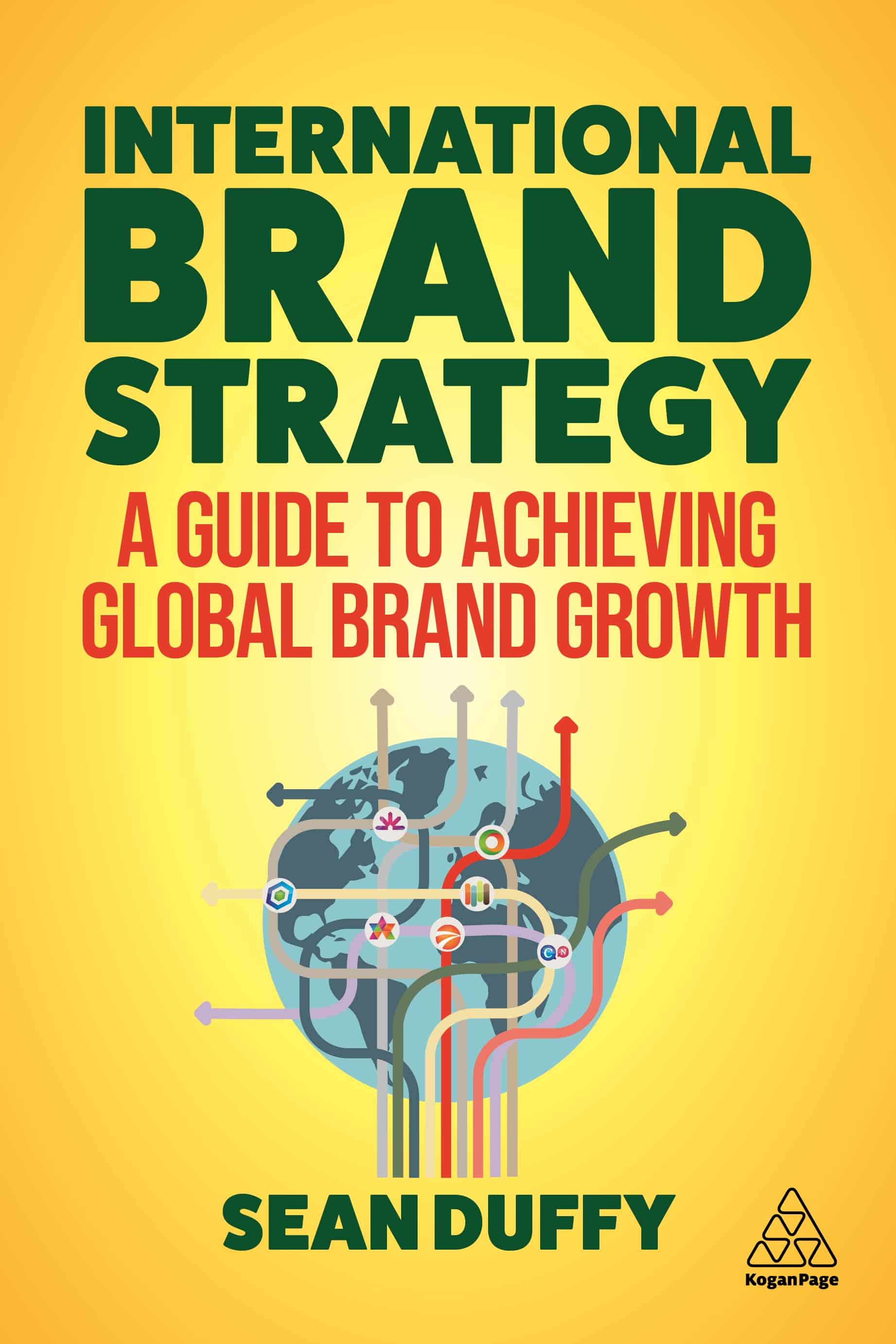Dating in the 21st century: How social media influences relationships on the example of Tinder
Discover how Social Media led online dating into a different direction and got us a new addiction. The Tinder trend might affect your love...
30 Dec 2024 49811 ViewsWritten by Lisa Niesen
Introduction
Social media has not only become a very relevant topic for brands and companies to deal with when it comes to business, but also for human beings in regards to their personal and dating life. It influences what people think, like or even love and moreover accompanies the life of nearly everyone, everyday often for hours. Therefore the aim of the perfect self-representation in social media has grown enormously.
How the internet is changing society?
Schau and Gilly (2003) are stating that humans are aiming towards projecting a digital likeness and even creating a digital self which is not necessarily coherent with the true- or how they call it the physical self. Moreover, due to globalization and digitalization there was a whole new way of life created which can be called the liquid modern life (Bauman, 2003). In the liquid modern life people think differently about relationships, dating and love. In addition to that, the internet and social media made it possible to connect people who have never seen each other before and therefore change the whole process of dating (Lawson & Leck, 2006). As life is seen as more fluent, there is also a different, faster pace in relationships: social media dating. This is due to the fact that the access to a potential partner, love or sex got way easier through social media. Regarding to Deuze (2016) people who have a high social media consumption are even more likely to have troubles in their relationships like e.g. cheating or even facing a divorce. “Keep all doors open at any time” (Baumann, 2003) tend to be the new motto of dating in the 21st century. Therefore, the purpose of this blogpost is to analyze new age dating: how and why social media changed the dating culture of us as Generation Y (the young adults of today).
Self-presentation in social media
In general, as a cause of digitalization and the internet, a whole new concept of self-presentation was born: online profiles. Hand in hand with that phenomenon consumers or users needed to learn to trust online profiles (Sundararajan, 2016). Regarding social media one must keep in mind that there should not be a complete trust in what people are posting and how they are presenting themselves. The digital self (Schau & Gilly, 2003) which describes how people present themselves in social media is full of lying, editing and faking. When we think about ourselves, what do we post on Social Media channels like Instagram or Facebook? Only our best experiences, the amazing places where we went on holidays, happy couple pictures, new clothes or our cute dog. But nearly no one is posting about the days where we have a mental breakdown and are sitting in the library, rainy days where we fight with our boyfriend or the daily struggle of waking up. Social media only represents one side, the good and shiny one. This should be kept in mind especially in case of social media dating or judging people because of pictures uploaded somewhere online.
The beginning of the online era
Jin and Martin (2016) compare online dating with shopping, as there is the possibility to first look at a major amount of potential partners (or clothes), and then at end just contact the ones who seem most interesting (or buy the favorite piece). This comparison already shows that online dating and social media brought some trouble in the 21st century dating life. Internet dating started off with people, who were lonely, shy or did not get any attention from their environment. Through the internet they felt that there was less risk and they were able to present themselves in social media differently, more beautiful and more confident, which in their eyes might lead to more success while (online) dating (Lawson & Leck, 2006). This also goes hand in hand with the theory of Schau and Gilly (2003) mentioned before, which states that people tend to create a digital imsgr and therefore different self when using social media trough e.g. the pictures they upload. Ward (2016) talks about a similar concept called impression management which likewise deals with the fact that people tend to present themselves in a way which they think is catchy towards the other sex and helps them felling more confident in the dating world. The aim is to have as much control as possible of the impressions others have of you and therefore manipulation is an alarmingly often used tool. Users of e.g. online dating apps pay extra attention to which pictures they choose as it represents the first impression. This might also be the reason why especially the younger generations tend to upload shirtless or bikini pictures on social media and dating apps. The motivations of online and social media dating can differ a lot but in general we can state the following as the most common reasons for registering on an online dating platform (Sumter, Vandenbosch & Ligtenberg, 2016):
- Love;
- Casual sex;
- Ease of communication;
- Self-worth validation;
- Thrill of excitement;
- Trendiness.
So let’s have a closer look on the reasons why young adults decide on registering for online dating.
Online dating in the 21 century
Online dating can clearly be seen as an adventure when taking into consideration the points of “thrill of excitement” and “casual sex”. To meet a person face-to-face you have only been talking to virtually before is definitely connected with excitement and nervousness. It might feel for some people even like a game, the constant desire of “winning” in terms of getting more dates, more attention and reassurement. This also goes hand in hand with the point of “self-worth validation” which nowadays especially young adults aim for more than ever. As constantly comparing ourselves with others due to social media, confidence is a problem of many millennials, especially in dating. In addition to that, online dating in the 21st century can also be seen as a romantic fantasy, where the ideal partner is constructed in the minds of the user. Through pictures and virtual conversations an imagination of the person on the other side of the website or app is automatically created. As mentioned before the easiness of communication was also named as a motivation for online dating. This is due to the fact that virtual communications for a not irrelevant amount of people tend to be smoother. However, on the other hand this can be pretty dangerous, as disappointment can be high when meeting the other person face-to-face and expectations are not fulfilled at all (Lawson & Leek, 2006).
Tinder relationships: changing the dating game
In 2012 Sean Rad and Justin Mateen had the idea of creating the first dating platform, which was only constructed as a smartphone application and not a website. Therefore the new possibility of dating through social media became even more relevant, especially for Generation Y, which could be just as well called smartphone generation (Stampler, 2014). The meanwhile most famous dating app Tinder (more than 50 million global users) was born and changed (online) dating enormously (Ward, 2016).
You can call me Tinderella
But what is it about this dating app everyone from age 18-35 talks about nowadays. Tinder? Easy to access, as it just imports your data from Facebook, and for free are the first characteristics, when reflecting about Tinder. But there are other things in the 21 century, which make this new dating platform so successful: the idea of just deciding with one “swipe” if you like someone (swipe right) or not (swipe left) and the concept that you will never know if someone liked you if you not “swiped right” yourself. Therefore, the fear of rejection is super low and the desire of attention and confirmation can be satisfied rather quickly and easily (Jo Sales, 2015). This might also be the reason why young adults admit that Tinder has kind of an addictive effect and their interest in normal dating has decreased enormously. So-called Tinderellas (mixture of the words Cinderella and Tinder) are girls, who are constantly using the app while males are just called “Tinder Kings” in the insider scene (Jo Sales, 2015). There is even a song about dating on Tinder called “Du swipe höger” (translated: “You swiped right”) by Swedish artist Emil Berg, which was in the top charts. Watch the video here!
Boom, boom – swipe. Is Tinder considered social media?
Luckily the Tinder founders were aware of the need of more and new features to keep their users happy (and to make money). They first introduced Tinder plus, which is the pay version of Tinder and gives you the possibility to change your location to anywhere in the world as well as change your mind when you have swiped a person left. Nevertheless, also the non-paying customers shouldn’t miss out and the creators teamed up with Instagram and Spotify. Users are now able to share their Instagram pictures as well as their favorite songs on Spotify (Tinder, 2016) and social media impact on relationships became even stronger. This step was definitely a very smart one as it gives the users the possibilities of more room to create and express their perfect digital self. The question is, is Tinder considered social media and was it really a good invention? Does it help us find the right partner or does it make relationships, dating and love life even more complicated? On the one hand it is a confident booster and may help especially shy people to get out in the dating world. But on the other hand there are a lot of negative aspects connected to this #tindermania. User describe the app as fast and easy- “boom, boom – swipe” and you have a match, couple of messages later you already have a date for the same night (Jo Sales, 2015). This easy access principle is stealing away all the excitement of old-school dating and grows the anxiety Generation Y already has towards real dating and serious relationships. In the article “Tinder and the Dawn of the Dating Apocalypse” Nancy Jo Sales states that this anxiety comes from growing up with social media and forgetting about how real relationships and especially face-to-face communication are working. The way we as Generation Y act when it comes to romance, sex and dating is definitely totally different from other generations.
Conclusion
The life as a young adult in the 21st century is not the same as in former centuries and generations, therefore it is natural that also our relationships and attitudes towards love and sex differ. Our daily routine is full of media; Deuze (2016) even claims that we are living our lives in media rather than with media. Is our life really happening in kind of a social media bubble and we are not aware of that? Might that also play a major role when it comes to our incompetence of serious relationships and dating? I would claim: YES! Social media shaped our identities with good and bad impacts. We are connected all the time, we have access to a lot of people and major networks, which is an advantage when it comes to for example finding a job, getting information, being spontaneous or just as an entertainment, when we are bored. Nevertheless, what about the dark side of social media? Do we really want to be always reachable for partners or friends? Are we aware of the digital-self we and our environment are producing in social media? Social media and dating apps, especially Tinder, are giving us the impression that there is always someone better out there, the options are immense and a lot of young adults decide to make no choice instead of maybe the wrong one. To conclude, social media had and will have a major impact on the dating culture especially of young adults. Therefore, we need to be aware that this “social media bubble world” we are living in has dark sides as well. We should not forget to meet people in real life outside of “swipping”, internet chatrooms or Facebook conversations. We need to learn again to value the excitement when you just see someone in a bar, university or even on the street and change looks for a second. Let us go out and live the real life again!
Source
Academic sources
Bauman, Z. (2003). Liquid Love: On the Frailty of Human Bonds, Cambridge: Blackwell.
Deuze, M. (2016). Living in Media and the Future of Advertising. Journal of Advertising, vol. 45, no. 3, pp. 326-333.
Jin, S. & Martin, C. (2015). ‘A Match Made…Online?’ The Effects of User-Generated Online Dater Profile Types. CyberPsychology, Behavior & Social Networking, vol. 18, no. 6, pp. 320-327.
Lawson, H. M. & Leek, K. (2006). Dynamics of Internet dating. Social Science Computer Review, vol. 24, no.2, pp. 189-208.
Schau, H. J. & Gilly, M.C. (2003). We Are What We Post? Self-Presentation in Personal Web Space. Journal of Consumer Research, vol. 30, no. 3, pp. 385-404.
Summter, S. R., Vandenbosch, L. & Ligtenberg, L. (2016). Love me Tinder: Untangling emerging adults’ motivations for using the dating application Tinder. Telematics and Informatics, vol. 34, no.1, pp. 67-78.
Sundararajan, A. (2016). The Sharing Economy: The End of Employment and the Rise of Crowd-Based Capitalism, Cambridge: The MIT Press.
Ward, J. (2016). What are you doing on Tinder? Impression management on a matchmaking mobile app. Information, Communication & Society.
Others
Jo Sales, N. (2015). Tinder and the Dawn of the “Dating Apocalypse” Available Online: http://www.vanityfair.com/culture/2015/08/tinder-hook-up-culture-end-of-dating [Accessed 29. November 2016].
Stampler, L. (2014). Inside Tinder: Meet the Guys Who Turned Dating Into an Addiction. Available Online: http://time.com/4837/tinder-meet-the-guys-who-turned-dating-into-an-addiction [Accessed 29. November 2016].
Tinder (2015). Tinder blog – behind the scenes. Available Online: http://blog.gotinder.com [Accessed 29. November 2016].
Waltz, A. (2015). You Had Me At #SwipeRight: What Tinder Can Teach Us About App Engagement. Available Online: https://www.apptentive.com/blog/2015/02/13/what-tinder-can-teach-us-about-app-engagement [Accessed 29. November 2016].
Like this post? You'll find more marketing insights in my new book: International Brand Strategy: A guide to achieving global brand growth, now available from booksellers globally. Order your copy here.





